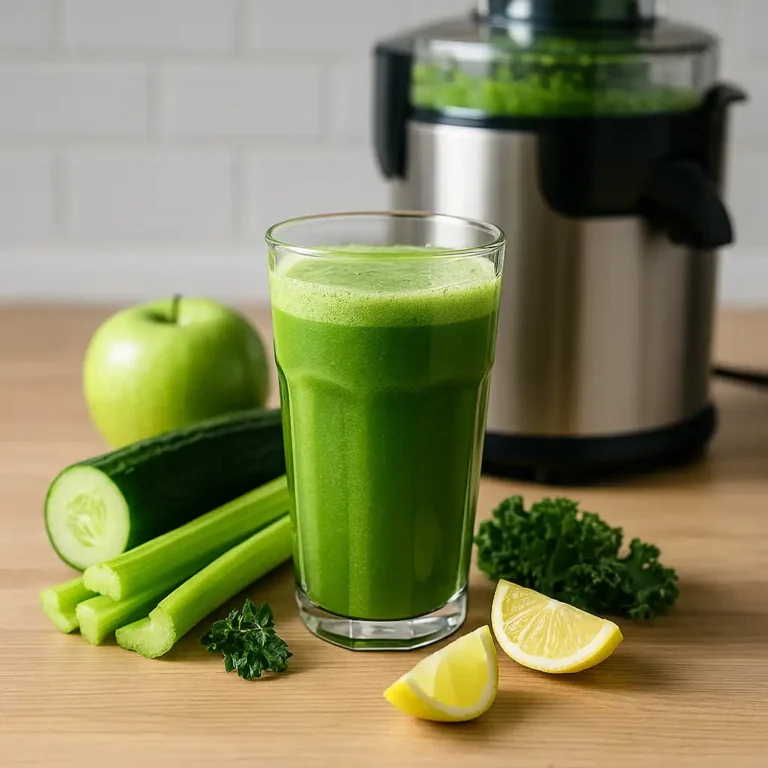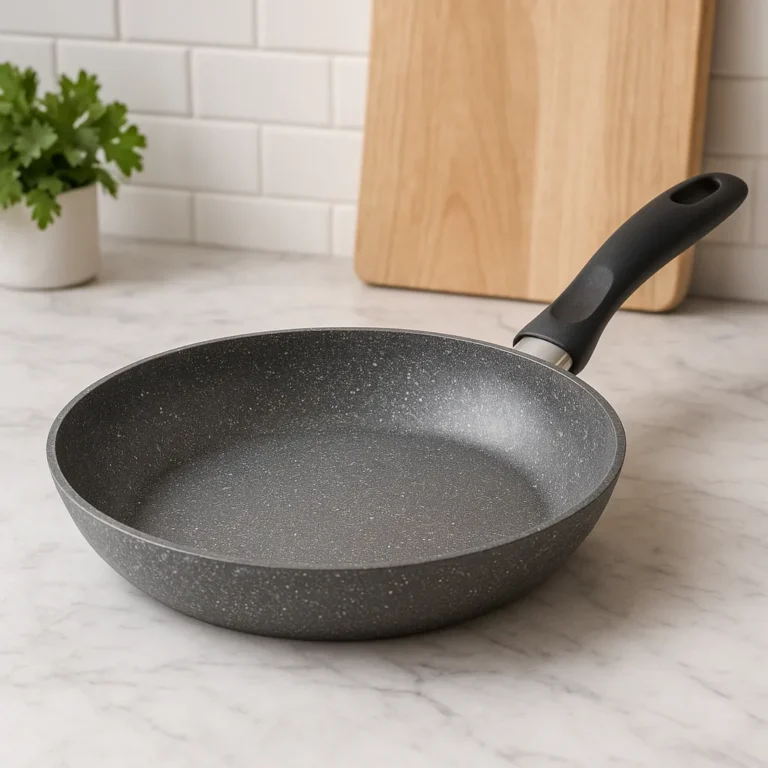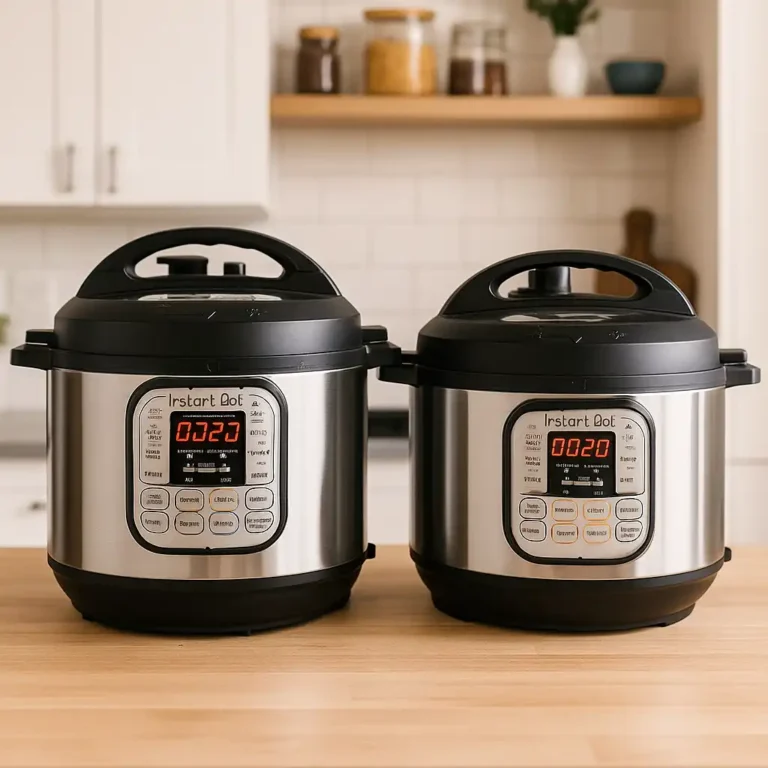Granite vs Ceramic Cookware: Pros and Cons You Should Know
Shopping for new pots and pans? You’ve probably come across granite and ceramic cookware. Both are popular, especially for nonstick cooking without questionable coatings.
But what’s the real difference? And which one actually fits your kitchen needs better?
Let’s break it down clearly — just real pros and cons based on product specs, user experiences, and what actually works in home kitchens.
Are They Safe?
Let’s talk materials first. If avoiding chemicals is your priority, this matters.
Ceramic cookware usually has an aluminum base with a sand-based ceramic coating. It’s naturally nonstick and doesn’t use PTFE, PFOA, or other synthetic chemicals. Many people switch to ceramic after their old pans start flaking or smelling off.
Granite cookware sounds earthy, but it typically has a metal core (often aluminum or steel) and a synthetic nonstick coating reinforced with stone-like particles. Some versions are free from PTFE and PFOA, while others aren’t—always check the label.
If you want to stay on the safe side, ceramic tends to be more transparent about its materials.
How Long Will It Last?
Here’s where things start to split.
Ceramic pans are lightweight and easy to handle. They cook beautifully at first, but over time, the slick surface can wear down — especially if you use high heat or metal utensils. Most people find they last about a year or two with regular use.
Granite cookware, with its tougher coating, tends to hold up better. The stone reinforcement helps resist wear and scratches. Many reviewers say their granite pans still perform well after a few years — as long as they stick to soft utensils and handwashing.
If you’re cooking daily and want something that lasts, granite might be the better bet.
Cooking Experience
Both types cook well — but the feel and results are slightly different.
Ceramic cookware heats up fast and evenly. It’s great for eggs, veggies, and light stir-fries. If you enjoy quick meals with little cleanup, ceramic might be your best friend.
Granite pans are heavier and tend to hold heat longer. That’s handy for recipes that need a bit more time in the pan, like browning meat or simmering sauces. They feel solid, which some cooks really prefer.
If speed and low-fat cooking are your goals, ceramic is a good choice. If you cook heartier meals or like heat retention, granite is a strong option.
Cleaning Made Easy
Nobody likes scrubbing pans.
Ceramic cookware usually cleans up with just a rinse. Nothing sticks — at least while the coating lasts. Once the surface starts to wear, though, it may need more effort to clean.
Granite cookware is just as easy to clean, especially when the coating is in good shape. The only catch? The heavier weight can make larger pans more awkward to rinse or store.
Either way, skip the dishwasher and harsh scrubbers to make them last longer.
Price and Style
Both types are in a similar price range. Entry-level sets are budget-friendly, while premium brands can cost more.
Ceramic pans come in trendy colors and clean designs. If you care about how your cookware looks on the stovetop or in photos, ceramic is a good choice.
Granite cookware usually sticks to a more neutral, stone-like appearance. It may not be flashy, but it has a sleek, timeless look that works in any kitchen.
Conclusion
Ceramic cookware is a great pick if you’re cooking fast, healthy meals and want a non-toxic, lightweight pan. However, the coating may wear faster with heavy use.
If you need something tougher for daily cooking and are willing to carry a bit more weight, granite cookware offers greater durability and better heat retention.
Both have their strengths — the right one depends on how (and what) you cook.






